Work - East loop
Throughout all its projects, Elia ensures that it takes all necessary measures to limit the work’s impact, preserve the environment and maintain residents’ quality of life.
Stage 1: Lopping and clearance
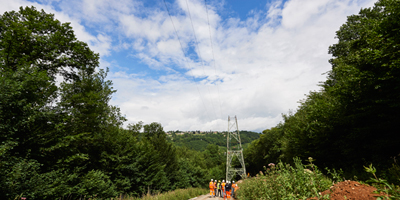
Lopping and clearance work may be required at some points along the route. This is done in consultation with the respective land owners and operators.
Stage 4: Laying foundations
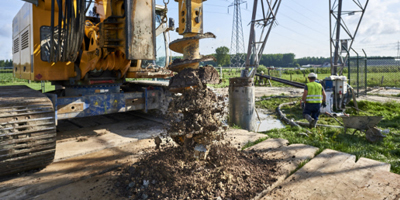
Stage 7 : Fostering biodiversity
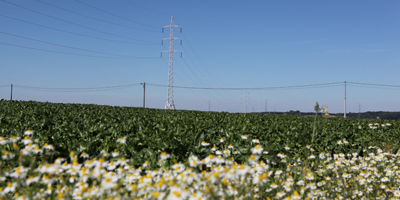
Elia seeks partners to implement projects aimed at fostering local biodiversity.
Stage 2: Creating site access roads
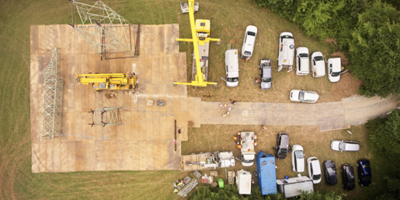
After surveying the area with the respective land owners and/or operators, temporary access roads are built for the intermittent traffic needed to carry out the work.
Stage 5: Erecting new pylons
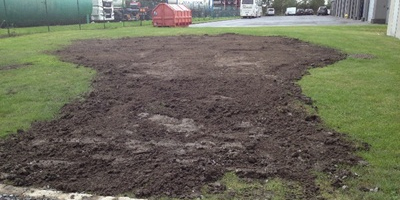
Stage 8: Painting

Stage 3: Dismantling the existing pylons
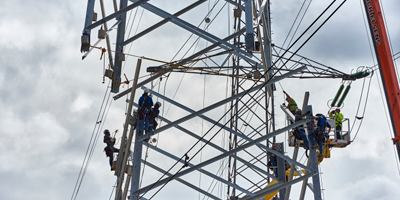
The conductors are removed section by section and immediately rewound using pulling and braking machines. The pylons are dismantled and the foundations are removed from the ground and taken away by lorry.
Stage 6: Clearing up the site
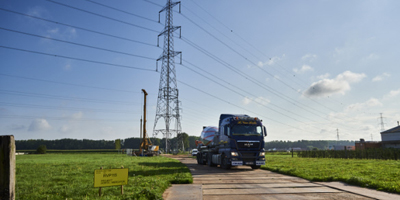
As soon as the project is finished, the temporary access roads are dismantled and the land is restored to its original state. All waste from the site is collected and taken to an accredited waste processing centre. A final survey of the area around the site is then carried out.
-
 Noise control
Noise control- Noisy work is carried out during working hours, unless otherwise agreed with the relevant authorities with a view to reducing the impact on mobility at specific times.
- Site vehicles only leave their engines running when necessary.
-
 Site safety
Site safety- Work areas are always marked out clearly and a site safety coordinator is always on hand to ensure that activities on the site run smoothly.
- Furthermore, site meetings are held with contractors to discuss points for attention (e.g. itinerary, waste sorting).
- When the existing line is being dismantled, safety gantries are put in place while the power cables are pulled to protect infrastructure along the route (roads and homes).
-
 Mobility
Mobility- If the work requires temporary road closures, appropriate diversions and signs are put in place in consultation with the local police.
- Work-in-progress signs are erected in dialogue with the local police. These signs provide residents with all the information they need (in particular, the start and end dates for the work).
- Elia strives to ensure that local residents always have access to their homes.
Contact us
If you are affected by a project and want to ask us something, please feel free to contact us.
Our team would be happy to help.

